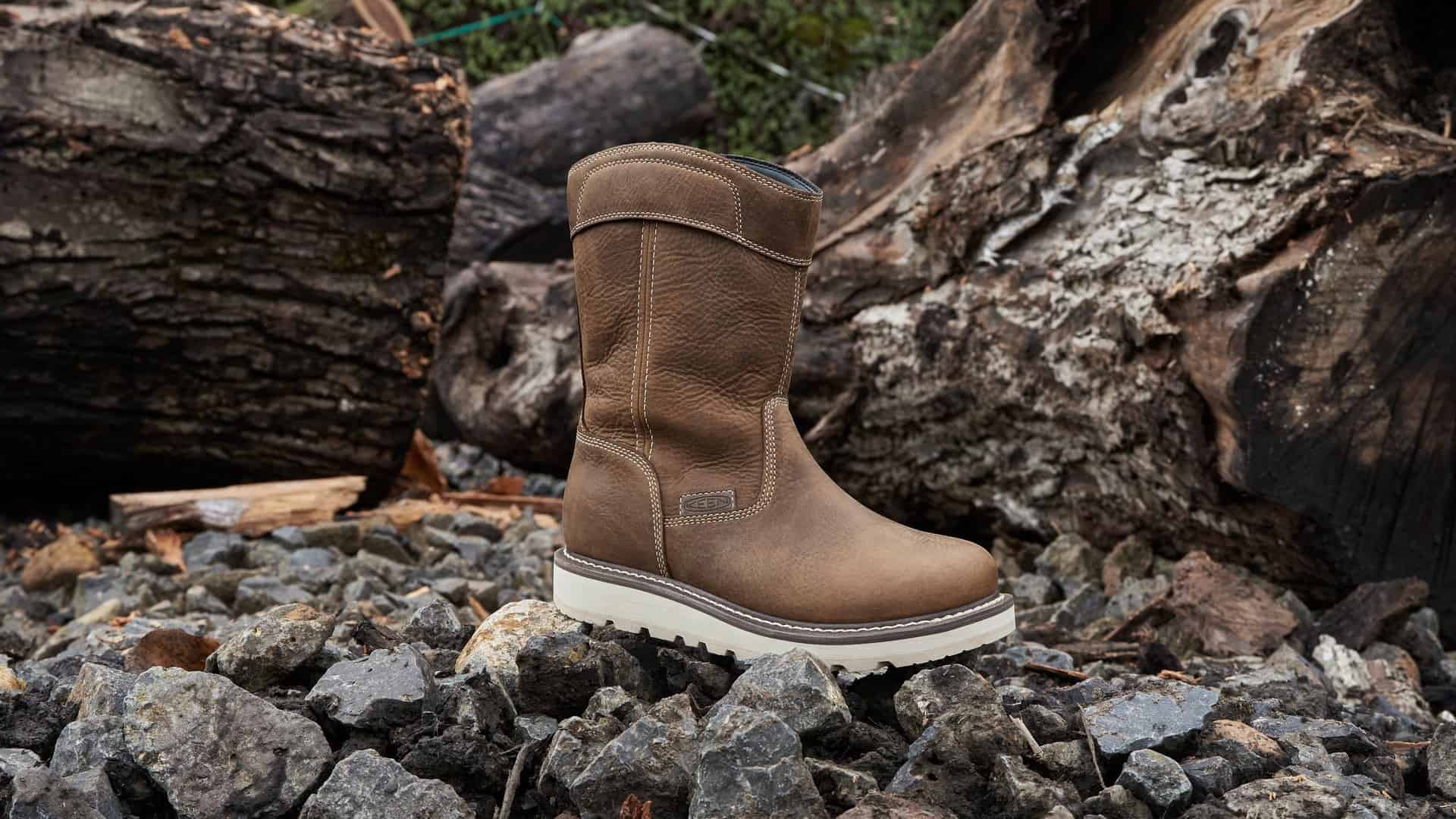5 Tips Work Boots

When it comes to selecting the right work boots for your job, there are several factors to consider to ensure you find a pair that meets your needs for protection, comfort, and durability. Here are five tips to guide you in choosing the perfect work boots:
1. Assess Your Work Environment
Understanding your work environment is crucial in determining the type of work boots you need. Different workplaces require different types of protection. For instance, if you work in an environment with potential electrical hazards, you’ll need boots with electrical hazard protection. If your workplace is prone to slippery surfaces, boots with slip-resistant soles are a must. Consider the specific hazards in your workplace, such as chemicals, heat, or cold, and choose boots that offer the necessary protection.
<p>Always prioritize safety when assessing your work environment. The right boots can prevent accidents and ensure your well-being on the job.</p>
2. Consider Comfort and Fit
Comfort and fit are vital for preventing fatigue and reducing the risk of injury. Boots that are too tight can cause discomfort and potentially lead to health issues likePoor circulation and nerve damage. On the other hand, boots that are too loose can cause blisters and affect your ability to perform tasks efficiently. Look for boots with cushioning, arch support, and a breathable lining to keep your feet dry and comfortable throughout the day. It’s also a good idea to try on boots at the end of the day when your feet are at their largest size.
Steps to ensuring the right fit:
<ol>
<li>Measure your feet at the end of the day.</li>
<li>Try on boots with the same type of socks you plan to wear to work.</li>
<li>Walk around to ensure the boots feel comfortable and do not slip off your heels.</li>
</ol>
3. Look for Durability and Quality
The durability and quality of work boots can significantly impact their lifespan and performance. High-quality boots are made from materials that can withstand the demands of your job. Look for boots with sturdy outsoles that provide traction and are resistant to wear and tear. The upper material should be durable and able to withstand the elements and any chemicals you may be exposed to. A good pair of work boots is an investment in your safety and comfort over time.
<h3>High-Quality vs. Low-Quality Boots</h3>
<p>While high-quality boots may have a higher upfront cost, they offer better protection, comfort, and durability, potentially saving you money in the long run by lasting longer and reducing the need for frequent replacements.</p>
4. Check for Certifications and Compliance
Depending on your industry, there may be specific certifications or standards that your work boots need to comply with. For example, boots for workers in the construction or manufacturing industries may need to meet standards set by organizations like ASTM (American Society for Testing and Materials) for safety toe protection and electrical hazard protection. Ensure the boots you choose comply with all relevant standards to ensure your safety and to meet regulatory requirements.
<tr>
<th>Certification</th>
<th>Description</th>
</tr>
<tr>
<td>ASTM</td>
<td>Standards for safety toe protection, electrical hazard protection, etc.</td>
</tr>
<tr>
<th>Certification</th>
<th>Description</th>
</tr>
<tr>
<td>ASTM</td>
<td>Standards for safety toe protection, electrical hazard protection, etc.</td>
</tr>

5. Maintain Your Boots
Finally, to extend the life of your work boots and ensure they continue to provide the necessary protection and comfort, regular maintenance is crucial. This includes cleaning the boots regularly, conditioning the leather to prevent drying and cracking, and storing them in a dry place when not in use. Regular maintenance can help prevent damage, reduce wear, and ensure your boots remain comfortable and safe to wear.
<div class="faq-container">
<div class="faq-item">
<div class="faq-question">
<h3>How often should I clean my work boots?</h3>
<span class="faq-toggle">+</span>
</div>
<div class="faq-answer">
<p>Clean your work boots as needed, but at least once a week to remove dirt and debris that can cause wear and tear.</p>
</div>
</div>
<div class="faq-item">
<div class="faq-question">
<h3>What is the best way to condition leather work boots?</h3>
<span class="faq-toggle">+</span>
</div>
<div class="faq-answer">
<p>Use a leather conditioner specifically designed for the type of leather your boots are made of. Apply the conditioner with a clean cloth, let it sit for a few minutes, and then buff the leather with a dry cloth.</p>
</div>
</div>
</div>
By following these tips, you can find a pair of work boots that not only meets your safety needs but also provides comfort and durability, making your workdays more manageable and safe. Remember, your work boots are an investment in your well-being and performance on the job.



